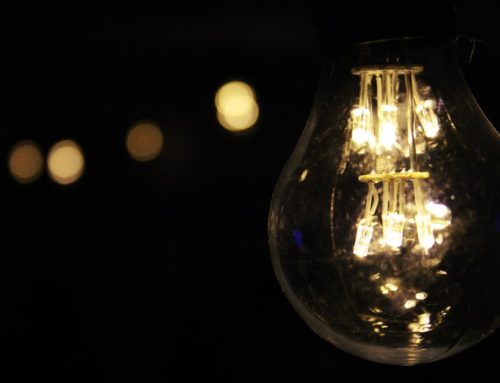Electric motor sales are a $142.7 billion industry with components ending up everywhere from forklifts to lathes. These engines for manufacturing come in two primary forms, the AC motor and the DC.
However, the AC motor dominates the electric motor market with a 70.7 percent share. These types of motors are small, lightweight, and effective. Furthermore, you’ll find these induction motors in everything from simple pumps and HVACs to industrial robotics.
Of course, if you are revving up these AC motors, you also need to wind them down. That’s where the physics of motor brakes come in.
AC motor breaks work without mechanical parts. Instead, they slow and stop the motor through the reversing of electromagnetic fields.
In the following article, we’ll examine how AC motors work and how to put the breaks on.
AC Motor Basics
Industrial machinery represents the second-largest single use of electric motor break sales worldwide in 2020, according to grandviewresearch.com.
The AC, or alternating current, motors use that power to create force. This is done by creating a rotating electromagnetic field. As a result, this magnetic field then creates a rotating mechanical force localized on a rotor around a shaft.
While designs may vary for AC motors depending on the size and intended use of the motor, there are several standards parts. These include:
- The armature (placed on the rotor or the stator)
- Bearings
- Terminals
- Windings
- Frame and shields
- And the central motor shaft
AC motors have several subtypes, including induction, synchronous, and linear varieties. These motors can also have variable-frequency drives, which allows for greater control of the motor’s torque and speed.
These motors are best for lathes, appliances, compressors, computers, hydraulic pumps, and conveyors.
What’s a DC Motor?
A DC or direct current motor works on a similar principle as the AC motor, except that it uses brushes to ensure the current flows. These engines are great for applications that require constant power, like vacuums and sewing machines.
However, the DC motor’s brushes — and the presence of a part on the armature called a commutator — require a bit more maintenance and upkeep than AC motors.
DC motors are best for fabrication, warehouse equipment, and machines that need steady power.
Types of AC Motor Breaks
Now that we have our AC motors moving, how do we slow them down? One way to do so is with DC injection braking.
With this type of braking, the AC voltage is removed, and then you apply direct current. This injection of DC current to the motor’s stator coils provides a quick and sustained braking action. This method can handle all types of high-inertia and high-speed loads.
Another type of AC motor braking is regenerative braking. This type of breaking utilizes a change of speed in the engine’s flux wave sparked by a reverse torque. When the flux wave (a type of kinetic speed) slows, the motor follows suit.
A final type of breaking is the coast stop. When the power is cut to the engine, the natural laws of physics take hold and bring the engine to a standstill.
Ready to Get Started (or Stopped)?
AC motors and their breaks are revolutionizing how manufacturing and industrial application are powered and stopped. And while the engineering behind the multifaceted AC motor may seem complicated, there are experts out there who can explain the process effectively and simply.
Do you need a breaking method for your AC motor or want to know more about the process? Contact us today to get the best parts, service, and expertise.






